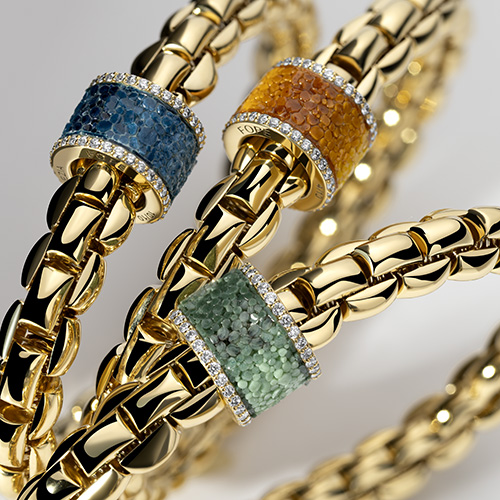The first scenario is that of preservation, which usually occurs when the founders, or their heirs, are still active in the company. This is a fundamental presence in terms of consistency, which can sometimes slow down innovation. In Italy this attitude is quite common. In fashion and beyond, we tend to have a museum-like, preservative approach: when faced with a beautiful historic building, we might carry out minor restoration, but generally, we think it’s best not to touch it, leaving it as it is. The same thing happens in some companies, which, once they have identified icons, proceed without inventing new codes and languages, relying solely on their history. This history, in fact, remains locked away in a drawer, because we forget that memory is not something solid, it’s constantly changing. It is a vast territory, encompassing many different things, and it is necessary to understand these in order to decide what to use and what not to, what is interesting from a symbolic point of view and what is not.
Hence the second scenario, which is also the name of my talk: destruction. Let’s imagine the brand as a perfect marble sphere: if we start smashing it with a chisel, it will break into two, then in four, then in a thousand pieces. But it’s when the brand is shattered that we’re able to look inside ourselves, to take the individual pieces and re-imagine their meaning. Of course, the marble ball is no more, but we have many new extraordinary stones, to be used in many different ways. I believe that once you truly know a brand, you shouldn’t have mercy on it. Brands can, and perhaps should, be trampled on, although of course it remains essential to keep them connected to their history. Only in this way can heritage be used in an open, dynamic, and even disruptive way.














